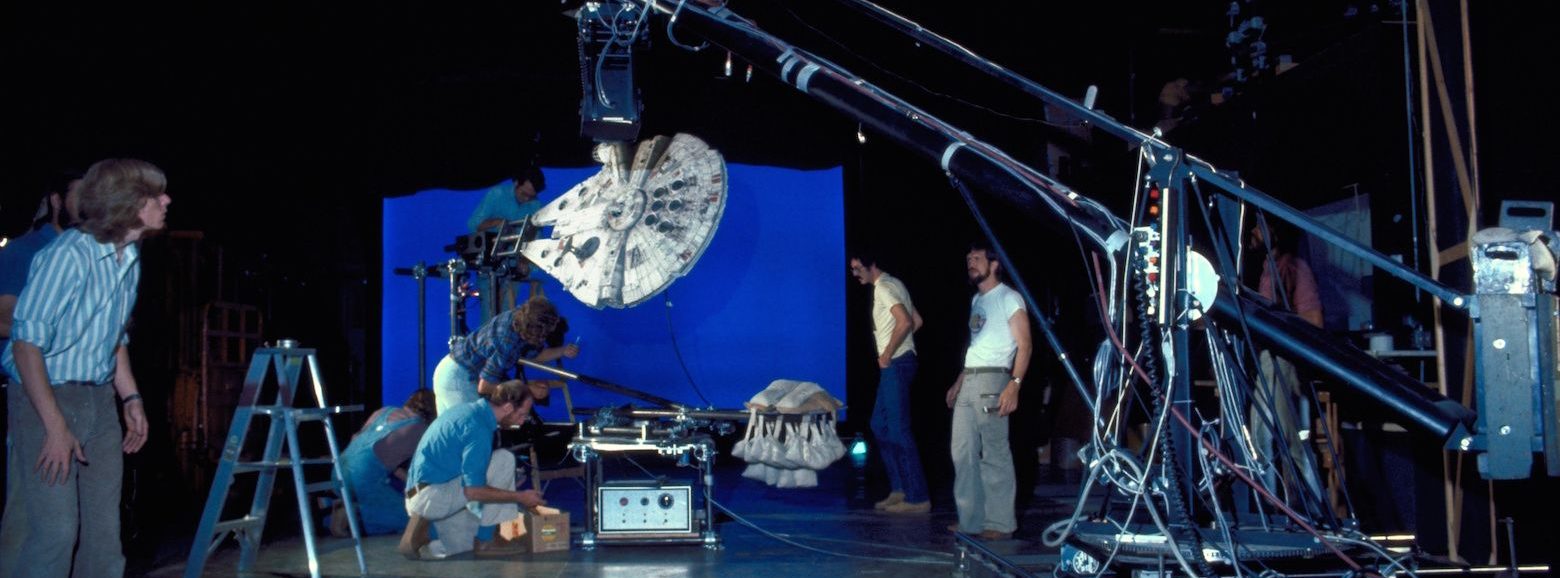Luke Skywalker joins forces with a Jedi Knight, a cocky pilot, a wookiee and two droids to save the universe from the Empire’s world-destroying Death Star, while also attempting to rescue Princess Leia from the evil Darth Vader.
It all started here. Lucasfilm. ILM. Skywalker Sound. George Lucas’s empire. It was the first time that people who worked in all the visual effects departments had ever gathered under one roof to create a film. The energy and communication among the exceptionally talented cinematographers, engineers, and artists resulted in a film that rocked the visual effects world. It was innovative. It was creative. It was unlike anything anyone had seen before. Lucas became the first filmmaker to utilize the Vista Vision camera for visual effects, which made crisper composites possible. The film was filled with hundreds of effects, and yet his camera treated them casually.
To bring his vision to the screen, Lucas entrusted John Dykstra with assembling a group that could develop the technology needed to create some 360 effects shots. One such technology was a motion control camera system dubbed the Dykstraflex, which facilitated the compositing of numerous elements through its capacity to repeat multi-axis camera moves. The system was instrumental in creating the film’s spectacular space battles, and in addition to a host of other technological advances made on the film, revolutionized the visual effects field.
